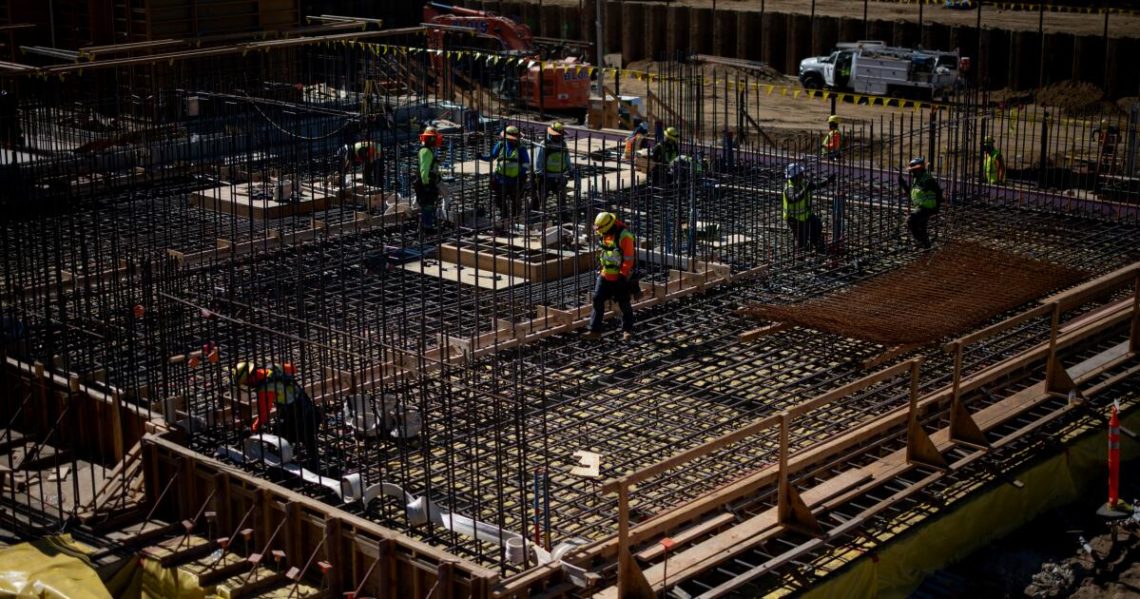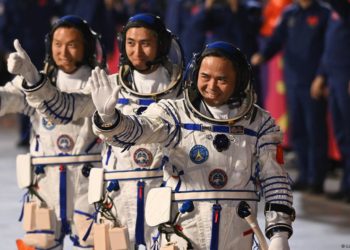In a plan that will reverberate more than 300 miles north at Mono Lake, Los Angeles city leaders have decided to nearly double the wastewater that will be transformed into drinking water at the Donald C. Tillman Water Reclamation Plant in Van Nuys.
Instead of treating 25 million gallons per day as originally planned, the L.A. Board of Water and Power Commissioners voted to purify 45 million gallons, enough water for 500,000 people.
Board President Richard Katz said this will enable the city to stop taking water from Sierra streams that feed Mono Lake — a major shift that will address long-standing demands by environmentalists, who criticize L.A. for failing to allow the lake to rise to a healthy level.
“This is a solution with lots of winners,” Katz said. Once the recycled water starts flowing, he said, “we won’t need Mono Lake water to meet the supplies in L.A.”
He and other board members said the plan will help L.A. weather droughts, become more locally self-sufficient and take less water from distant sources.
The expanded project is set to be built by the end of 2027 at a cost of $930 million.
More than a dozen environmental advocates who spoke Tuesday at the meeting where the vote was held praised the decision, saying the project is long overdue. They celebrated it as a solution that will bring Angelenos water reliably and economically, while enabling the L.A. Department of Water and Power to finally live up to its commitment to restore Mono Lake.
“This is a massive, massive achievement,” said Bruce Reznik, executive director of the group Los Angeles Waterkeeper, adding that the project provides the “critical water security and water resilience that we need in L.A., with a drought-proof source of local water.”
When construction began 10 months ago at the sewage treatment plant, the project‘s leaders soon saw the potential to nearly double the capacity by building an additional basement level at the site.
The drinking water the plant produces will be piped 10 miles to a series of dirt basins that spread out beside the Hansen Dam Golf Course, where it will percolate into the soil and replenish groundwater. The water can then be pumped out by wells, and once tested and treated further, it will enter pipes and be delivered to taps.
Orange County has been treating and purifying sewage into clean drinking water for years. L.A. has also recycled wastewater for decades but has previously used it outdoors on golf courses and parks. Starting in 2028, for the first time, the city will use it for drinking water.
The L.A. Groundwater Replenishment Project has been in the making for three decades.
The city built part of the system, including a pipeline, in the 1990s, but the effort was derailed in 2000 when debate erupted over what opponents and newspaper headlines called a “toilet-to-tap” project. The issue was caught up in a mayoral campaign and a 2001 ballot measure calling for the Valley to secede from the city.
“This project got delayed 20 years because of a very catchy political slogan,” Katz said. “It took a long time and a lot of science for people to get past that.”
Mary Nichols, the former chair of the California Air Resources Board, said she is pleased to see the project finally coming to fruition.
L.A. has long depended heavily on water imported from hundreds of miles away, and Nichols said it’s an “act of karma” to finally be “dedicating this new supply to shoring up” Mono Lake, an ecosystem that she said is “in very poor shape.”
Los Angeles was ordered to help Mono Lake recover to a healthy level under a landmark 1994 decision by the State Water Resources Control Board. Yet, 31 years later, the saline lake east of Yosemite is still about 9 feet below the required level.
For years, environmentalists have urged the city to take less water from the creeks that feed it.
The lake, which provides vital habitat for migrating birds, “is in trouble and urgently needs our help,” said Martha Davis, a leader of the nonprofit Mono Lake Committee.
She said the recycled water will more than make up for the 2% of L.A.’s water that comes from the area’s creeks.
Some speakers referred to recent coverage by the Los Angeles Times examining the long-running fight over Mono Lake’s health, as well as issues farther south in the Owens Valley, where leaders of Native tribes are urging the city to reduce groundwater pumping, which they say has dried up springs and meadows.
When they voted, board members said it’s important to rely less on water transported across the state in aqueducts.
“We need to do it to heal our relationships with the folks in the Eastern Sierra, who have been a victim of the city’s need for many generations now,” said George McGraw, the board’s vice president. “I very much hope that this project is the first in a long line of those that make L.A. completely water secure and independent.”
He added that this is also vital as climate change causes longer, more intense droughts.
Katz said that Mono Lake “needs to be vibrant” and that the city has “an obligation to help undo some of the damage we did up there.”
He added one caveat: L.A. doesn’t plan to relinquish its rights to water around Mono Lake and still may need that water during a severe drought or other emergency.
“But other than an emergency, I think we ought to leave as much water up there as we can.”
The post Los Angeles will nearly double recycled water for 500,000 residents appeared first on Los Angeles Times.




